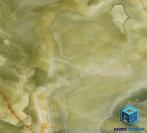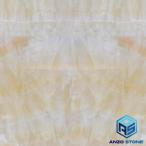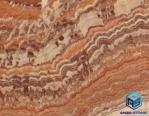Limestone exporting countries in 2020
What you read in this article...
Is limestone slippery when wet?Main exporting countries for limestone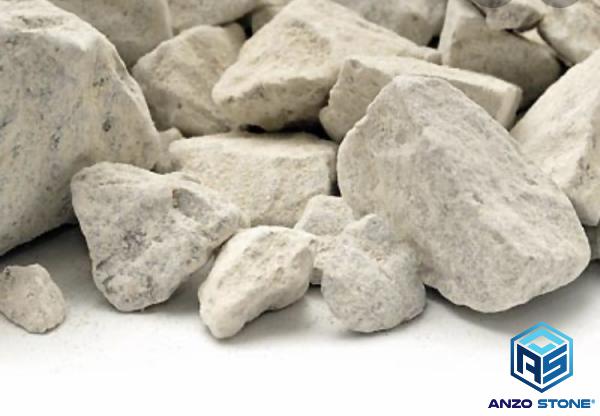
Lime or calcium oxide with the chemical formula CaO is a chemical compound with a PubMed ID of 14778; Its molar mass is 56.077 g / mol. A white or white-gray, odorless, solid substance that irritates the skin and eyes. For more information about Limestone exporting countries in 2020, visit our site.

Is limestone slippery when wet?

Lime is white, which is obtained after cooking limestone. Its specific gravity is 3.08 to 3.30 g / cm³, which depends on the cooking temperature of the limestone. The higher it is, the slower the lime mixes with the water. At temperatures above 1000 ° C, lime accumulates slightly and the surface area decreases slightly, slowly mixing with water and slowing down. Lime changes phase to a liquid state at a temperature of 2580 to 2750 degrees and a single pressure (atmosphere).
Crystal lime is a colorless cube with a yellow undertone. Its degree of hardness reaches 3 to 4. Water settles slowly from the surface of the crystalline lime into it. If lime crystal powder is poured into water, it combines with an explosive state after a few minutes. Whenever lime powder is kept at a temperature of 1400 to 1500 degrees, its grains stick to each other and become crystalline, as the crystallized grains gradually become larger. At the same time, lime is used as a regulator of acidity or alkalinity of materials. At the same time, lime is used as a disinfectant in livestock and poultry farms.
Carbonate rocks The major constituents of limestones can be compounds derived from calcium bonding and bicarbonate base. This compound can occur in the form of a variety of minerals. The main constituents of these minerals are calcite (caco3), dolomite (ca, mg co3) and other types such as siderite and oncite. From the types of rocks in terms of genesis, we can name the type of calcareous and biological calcareous and calcareous chemical.
Bio-calcareous rocks: These types of rocks are directly the result of the performance of biological processes. That is, the activities of living organisms in nature are taken up with a kind of calcium and bicarbonate ions from the environment and linked together and deposited in the environment.
Chemical limestones: These types of rocks are formed by the effects of dissolution, solution and solvent that organisms do not directly affect their formation. In general, due to environmental interactions and changes in the concentration of various solutions and ions in the environment, these rocks become insoluble and settle in a sedimentary environment. One of these types of stones is travertine.
Detrital limestones: The effect of sedimentary and dynamic processes due to environmental movements such as wind or water flow can move a pre-formed limestone again and erode and finally re-sediment in a new environment after hardening of the environment or Diagenesis becomes a type of sedimentary rock called clastic limestone. For more information about black limestone paving slabs visit our site.
Main exporting countries for limestone
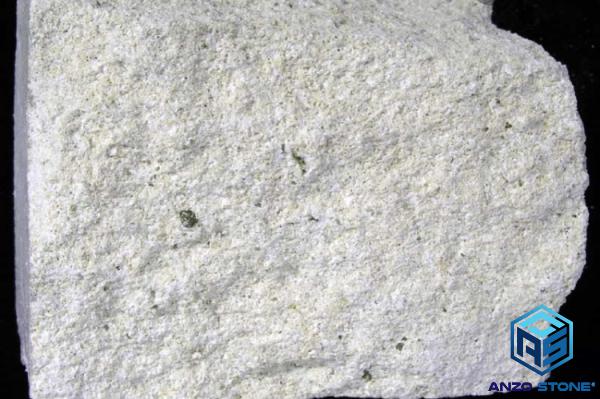
Finally, hydrated lime is used in pure form, with soil or sand as a calcareous lime in plaster or mortar. Over time, the carbon dioxide in the air combines with the humidity of the environment to form an unstable acid that penetrates into the mortar and combines with it to form CaCO3 again. This process can take up to months, depending on the application site, ambient humidity, air temperature, thickness and type of mortar. In the presence of silicate or alumina impurities, the mortar dries to aqueous form and forms calcium silicate and aluminate, which makes the properties of this mortar and cement similar. For more information about limestone paving pros and cons, visit our site.


 Phone Number:
Phone Number:  WhatsApp Response:
WhatsApp Response:  Email:
Email: 
